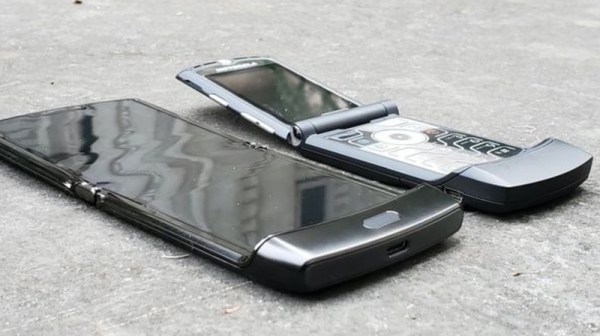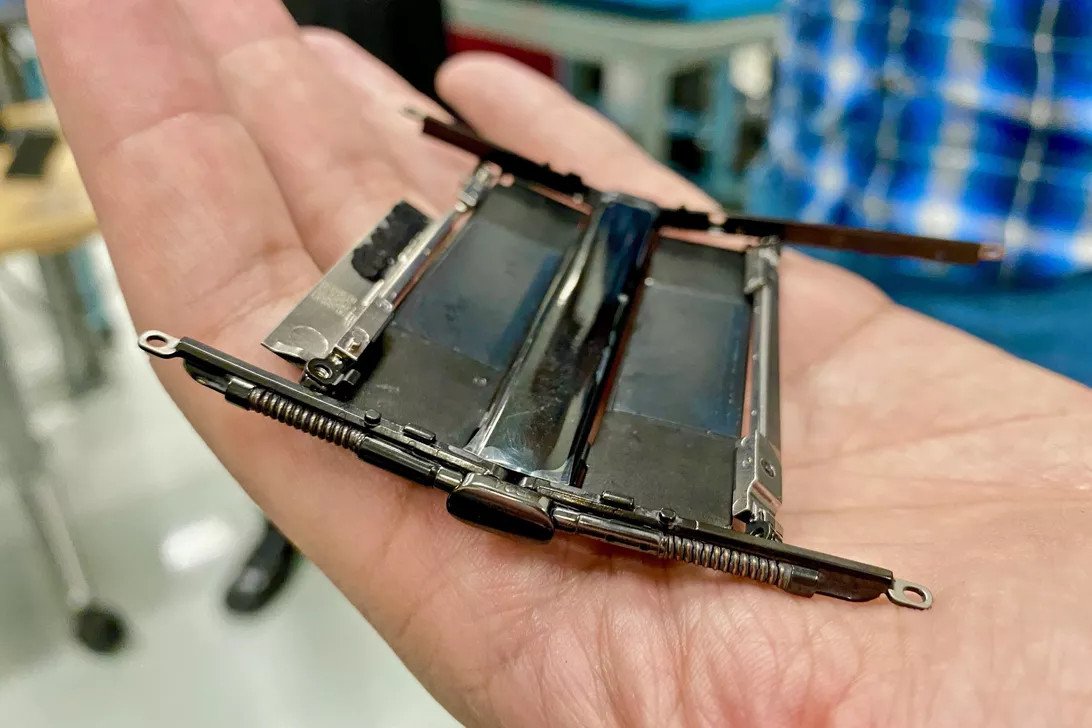Cars and smartphones have something curious in common, just as most everyday saloon cars from different manufacturers have tended towards similarity, so have smartphones. Whether your smartphone the latest and greatest or only cost you $50 from a supermarket, it matters little to look at because both phones will be superficially near-identical black slabs.
It wasn’t always this way though, in decades past phones from different manufacturers each had their own flavours, and there was a variety in form factors to suit all tastes. There’s a ray of hope for fans of those days though, in the form of [befinitiv]’s 2000-era Sony flip phone. It runs Android. Yes, you read that right, there on the tiny screen is Android 9.
Of course whatever processor and electronics the phone came with are long gone, and instead the phone sports the internals of a modern Chinese watch-smartphone grafted in in place of the original. The whole electronics package fits in the screen opening, and though it required some wiring for the USB-C socket and a few other parts it looks for all the world from the outside as though it was meant to run Android. You can take a look in the video below the break.
He cheerfully admits that there’s still a way to go for example in getting the original keyboard working, but even with a tiny touchscreen it’s good enough to be a daily driver. It may be a little on the small side, but for those of us who miss our old phones maybe there’s hope in it for something new.
Meanwhile this isn’t the first re-use of an old phone we’ve seen recently.
Continue reading “A Phone That Old Shouldn’t Be Running Android”














